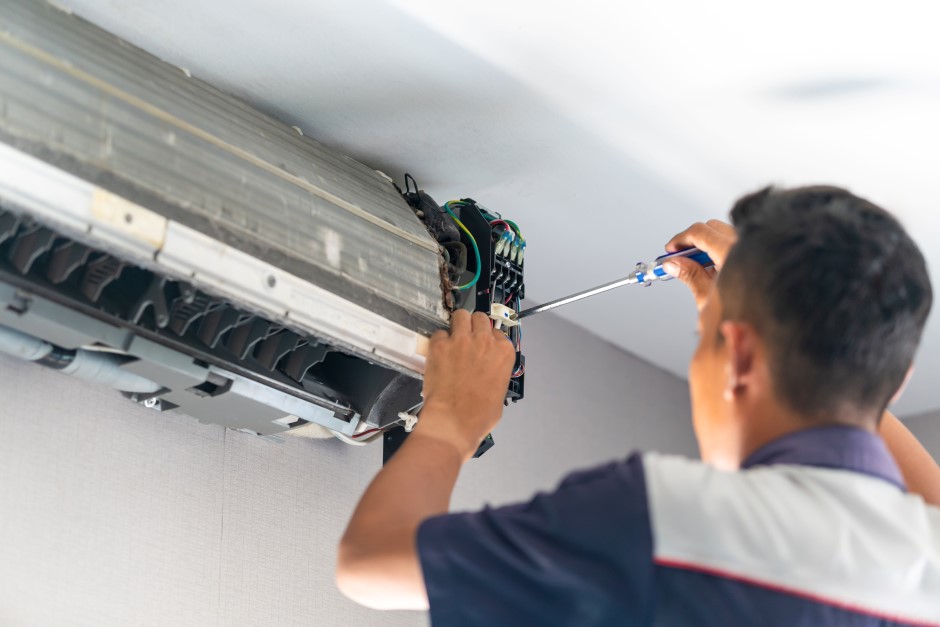.jpg)
Radiant heating can be an interesting way of heating selected spaces in your home or the entire house. Also known as in-floor heating, radiant heating is often seen as an upgrade to any property and it has many benefits to offer.
But before you decide to get it, there are several questions you need to ask. We will try to highlight some of them below:
Why Radiant Heat?
Let’s start with the most pertinent questions of them all, why would you consider radiant heating? This is probably one of the most expensive heating solutions you can install for your home. It’s only fair if it’s worth it.
First, radiant heating is highly efficient. It can heat your space using less energy compared to other heating solutions. Radiant heating systems also offer proper heat distribution. Even though these systems are slow in their operation, they will give you quality heating. Despite this, radiant heating works best for taller rooms with high ceilings. However, it can still be a great addition to heat any space.
When is the Best Time to Get Radiant Heating?
So, if radiant heating offers many benefits, why isn’t everyone using it? Well, there are several reasons. First, installing radiant heating systems is a little expensive. On average, installing a radiant heating system will cost you between $4 and $6 per square foot.
This number doesn’t even factor in the flooring installation costs that may be required to make the heating systems work. In essence, you may be required to do a complete floor overhaul to install the heating system.
What is the Best Radiant Heating System?
.jpg)
There are three major types of radiant heating.
-
The first one is called forced-air heating. This is where hot hair is pushed through pre-installed channels under the floor. Forced air heating is rarely used in residential homes.
-
The second type of radiant heating is called hydronic heating. It uses a network of tubing to carry hot water across the floor. This then heats the entire room. Hydronic radiant heating is the most efficient and is usually used in residential properties.
-
The third and final type of radiant heating is known as electrical radiant heating. This option uses electricity to generate heat, which is then distributed across the floor. Electric radiant heating can be very expensive and it’s not nearly as efficient as hydronic heating.
Do I Have to Install the Heating in the Entire Room?
No, you don’t need to install radiant heating on the entire floor. This type of heating is mostly used as an accent.
For example, you can use a small hydronic heating mat to heat your bathroom and keep your feet warm. The mat is installed under the tiling. For an avid DIYer, it’s not a very difficult project to do.
How is Radiant Heating Installed?
.jpg)
There are two main types of radiant heating installation. They include wet and dry installation.
Wet installations are done into the wet concrete during the initial construction of the building.
They can also be installed in an additional layer of concrete put up to accommodate the heating system. In any case, the concrete has to be wet.
Dry radiant heating installations are the exact opposite. Dry installations are usually layered below or slightly above the subfloor. The installation can also be done below the finished flooring.
Dry installations are very common because they can be installed in any home without the need to pour in new concrete. Additionally, some of the latest radiant heating systems are installed through dry installations.
Conclusion
Getting a radiant heating system for your home can have an array of great benefits. However, these heating systems are not for everyone.
Before you decide to go for it, request a free estimate and solve your doubts with a pro!






